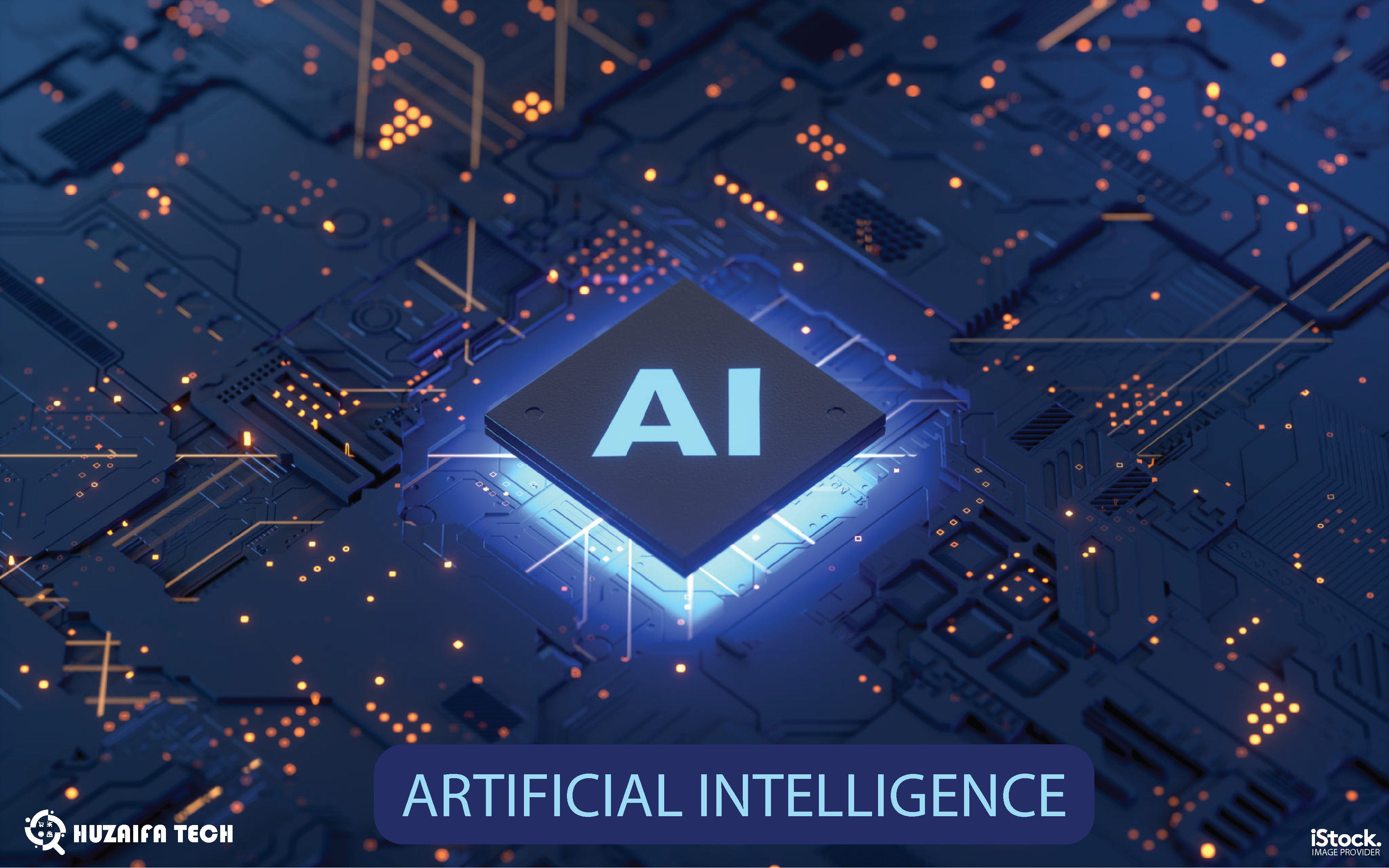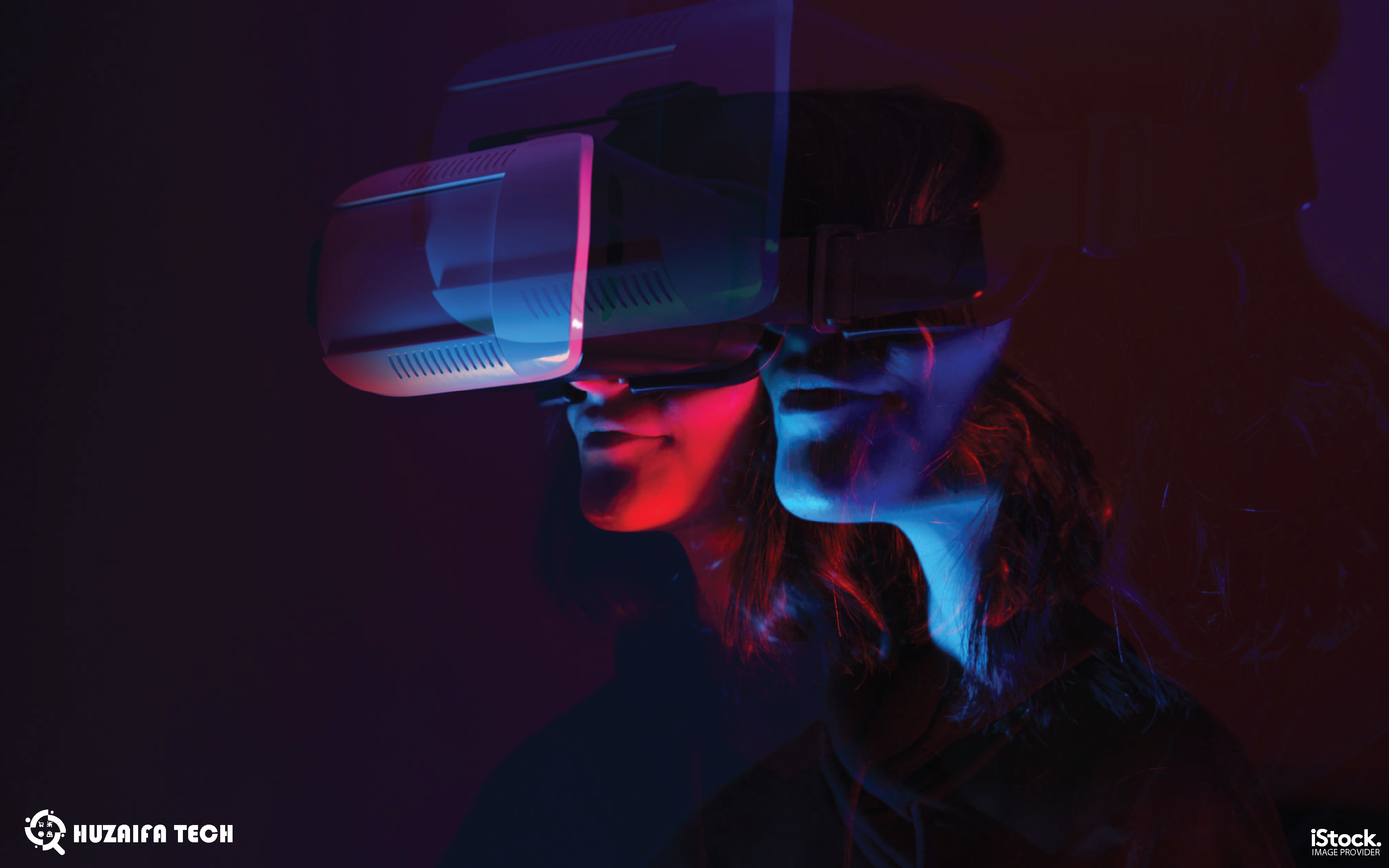Technology is the Key to Next Generation:
What is Technology?
Introduction
I'm sure you've heard the phrase "technology is the future." And while it's true that technology can be used for good, it also has a dark side. But what exactly is technology? You probably know that technology refers to any tool or device used for doing things—but when you think about it as a whole, what does that mean? In this article, we'll explore how we define and use the term "technology" in our daily lives
Tech is the general term for technology, and it's one of those words that's hard to define because technology is constantly evolving.
Technology is the application of scientific knowledge for practical purposes. It involves the use of science to solve problems and make life better. Technology is a general term, but it's not just computers and smartphones; it's everything from electricity to medicine to transportation systems.
Technology can be anything that's created using science—a chemical compound made by combining other chemicals (like plastics), or an electronic device like your phone or computer that you use every day!
Artificial intelligence
Artificial intelligence (AI is the utilization of "PCs and machines to emulate the critical thinking and dynamic capacities of the human psyche," according to IBM. The possibility of AI returns no less than 2,700 years. As Adrienne Mayor, research researcher, folklorist, and science history specialist at Stanford University made sense of: "Our capacity to envision man-made consciousness returns to old times. Sometime before mechanical advances made self-moving gadgets potential, thoughts regarding making counterfeit life and robots were investigated in antiquated legends."Mayor pointed out that the Greek god of innovation and blacksmithing, Hephaestus, was depicted in stories as having traits of artificial intelligence. For instance, Hephaestus produced Talos, a gigantic bronze man with a strange life force from the gods known as ichor. Pandora and her infamous box were also built by Hephaestus, along with a group of automated gold servants that were endowed with divine understanding. "Not one of those mythologies has a happy ending after the artificial beings are sent to Earth," Mayor said in conclusion. It nearly seems as though the tales endorse the gods' usage of these man-made objects in heaven. However, when they come into contact with people, chaos and disaster result.
The modern version of AI largely began when Alan Turing, who contributed to breaking the Nazi’s Enigma code during World War II, created the Turing test to determine if a computer is capable of “thinking.” The value and legitimacy of the test have long been the subject of debate. The “Father of Artificial Intelligence,” John McCarthy, coined the term “artificial intelligence” when he, with Marvin Minsky and Claude Shannon, proposed a 1956 summer workshop on the topic at Dartmouth College. McCarthy defined artificial intelligence as “the science and engineering of making intelligent machines.” He later created the computer programming language LISP (which is still used in AI), hosted computer chess games against human Russian opponents, and developed the first computer with ”hand-eye” capability, all important building blocks for AI.
In the years 1955–1956, Allen Newell, J.C. Shaw, and Herbert Simon developed Logic Theorist, the first artificial intelligence software intended to replicate how people solve issues. The program was created to address issues from Bertrand Russell and Alfred North Whitehead's Principia Mathematica (1910–13). The Perceptron was created in 1958 by Frank Rosenblatt, who dubbed it "the first machine capable of having an original thought." Though critics pursued the device, it was ultimately acknowledged as the "support for all of this artificial intelligence" despite their efforts. AI systems like Joseph Weizenbaum's ELIZA thrived when computers grew more affordable in the 1960s and 1970s, and US government organizations like the Defense Advanced Research Projects Agency (DARPA) started to sponsor research in the field. Computers, however, were still unable to handle the language-related tasks that the researchers gave them. The research was advanced by additional financing in the 1980s and early 1990s, which included the creation of expert systems by Edward Feigenbaum and Joshua Lederberg. But as government financing decreased, progress once more slowed down. The grand master and current world chess champion Gary Kasparov was defeated by IBM's Deep Blue AI computer program in 1997, which was a significant achievement for AI research. More recently, improvements in computer storage capacity and processing speed have created new opportunities for AI research and application, including supporting academic endeavors and paving the way for patient diagnosis, robotic surgery, and medication discovery. These days, artificial intelligence is used in a wide range of practical applications, such as facial recognition software, online shopping algorithms, search engines, digital assistants like Siri and Alexa, translation services, automated safety features on cars (and the upcoming self-driving cars), cybersecurity, airport body scanning security, poker playing strategy, and combating misinformation on social media, among others.










Post a Comment